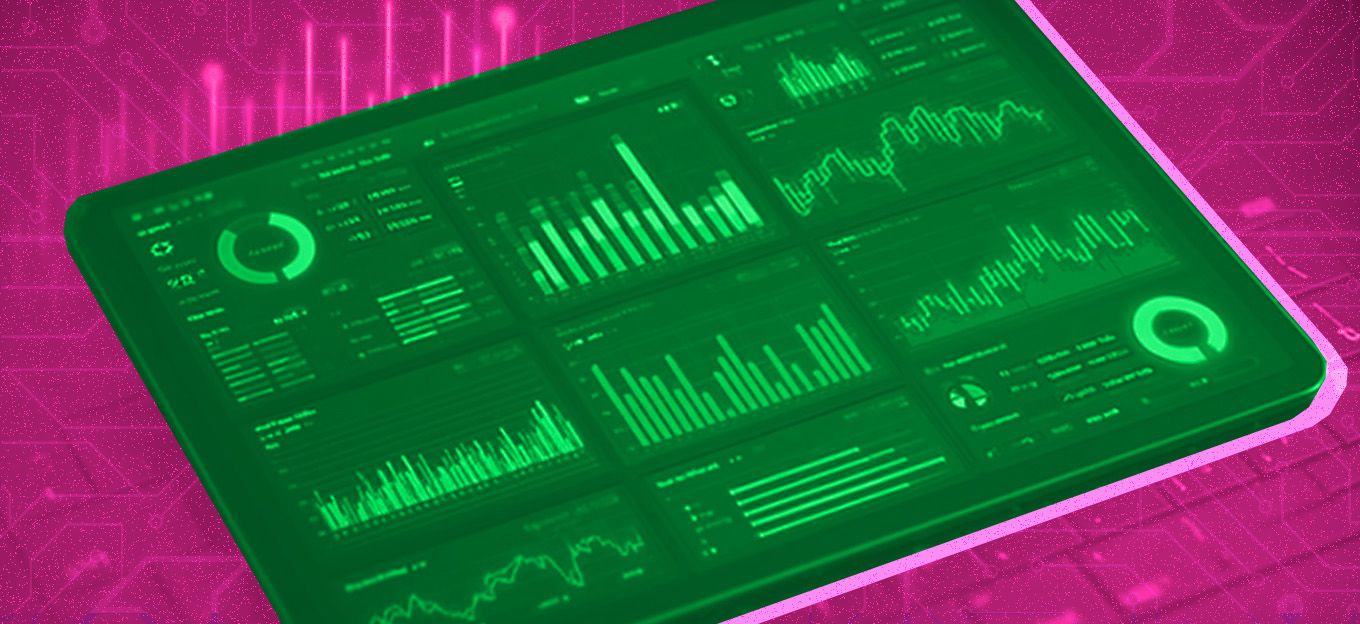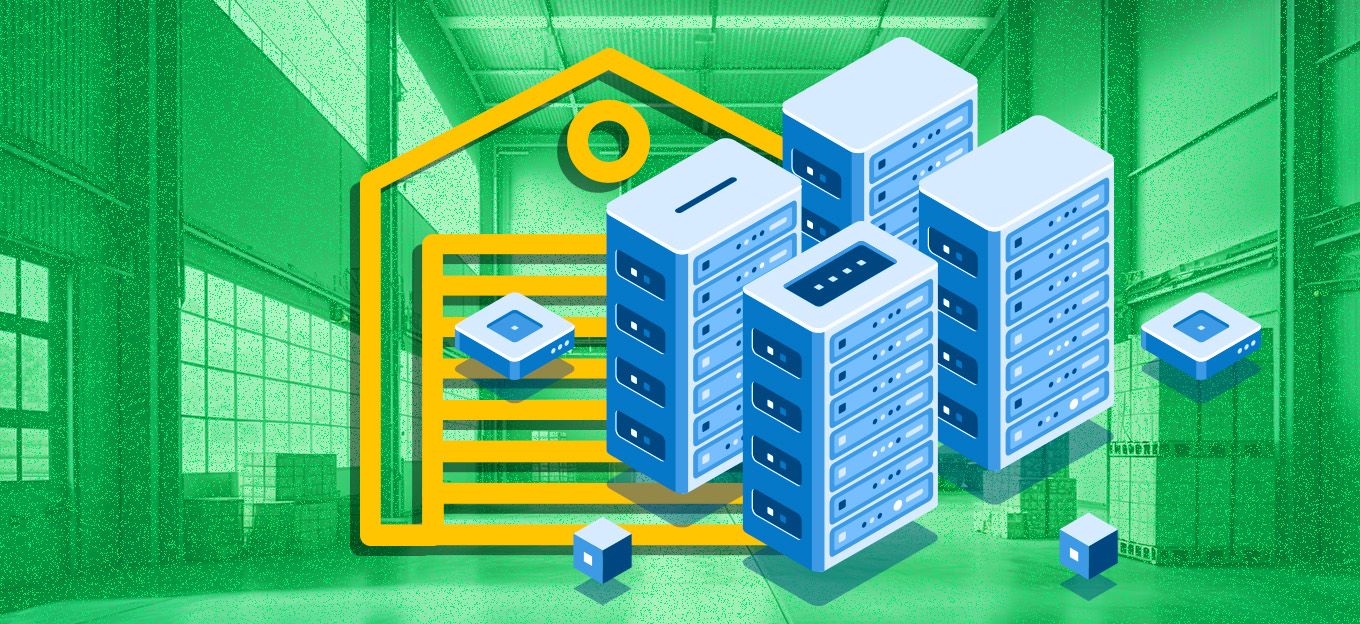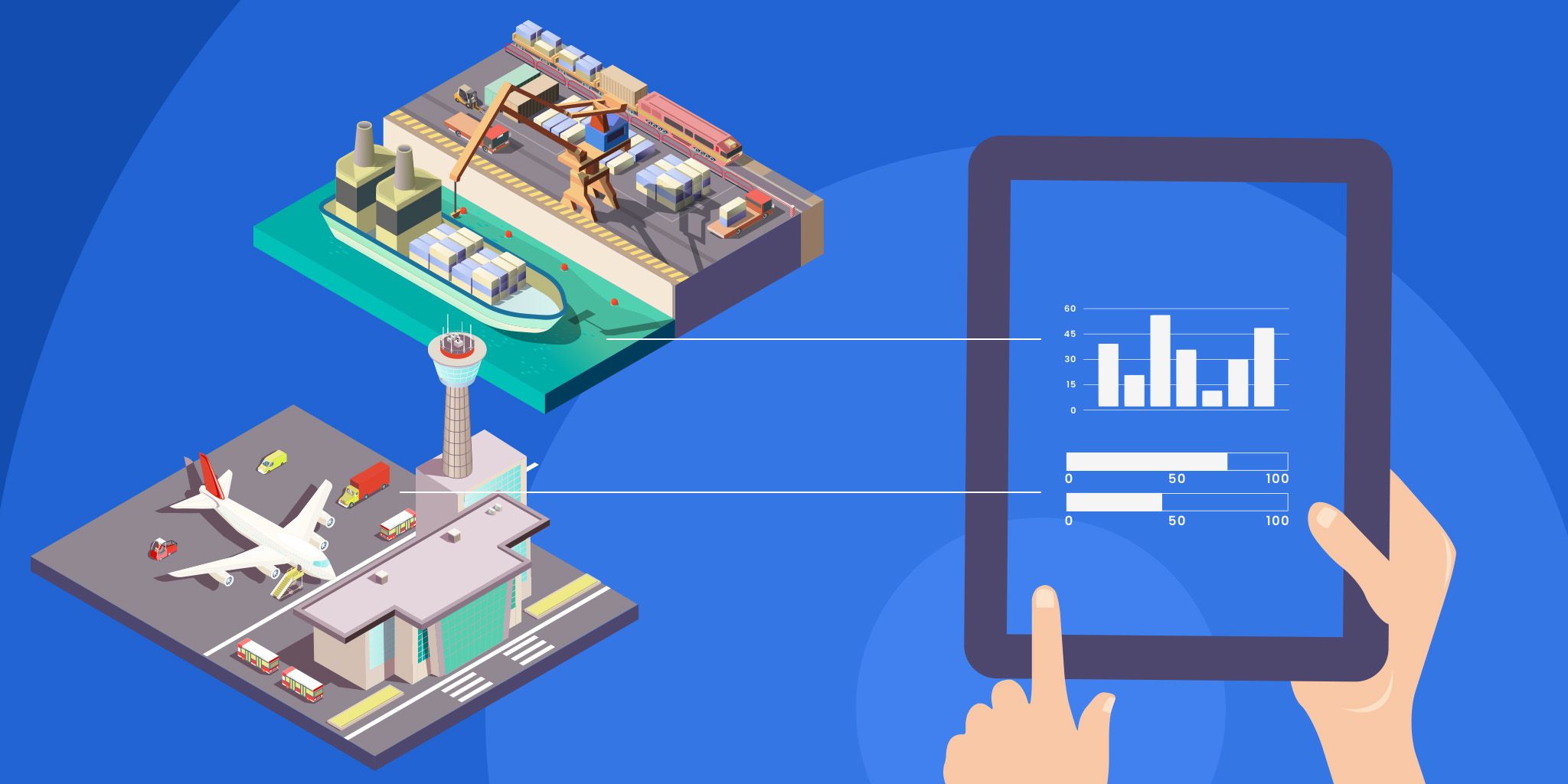IoT and Travel: How IoT Solutions Make Air Travel Safer
IoT and Travel: How IoT Solutions Make Air Travel Safer
- Last Updated: December 2, 2024
Guest Writer
- Last Updated: December 2, 2024



The travel industry was among those hit the hardest by the COVID-19 pandemic. Early in the outbreak, when the understanding of the situation was limited, we had to resort to crude measures that wreaked havoc on airlines and similar businesses. Now that we are equipped with vaccines and knowledge, and the end of the crisis is looming in the vicinity, companies need to figure out more subtle ways of mitigating the risks. IoT, which has already proven its worth in other domains, seems like a perfect fit for IoT and air travel, promising safe environments, accurate insights, and optimal resource use – all while enhancing the traveling experience.
IoT in Transportation
One of the hardest-hit industries by COVID-19, the airline industry, wants to make flying safer and more enjoyable through IoT-backed technology.
The Internet of Things has already been used to increase efficiency, performance, and service quality in multiple industries. The transportation sector has not been an exception. Many IoT-based solutions are either planned or implemented to reduce commute times, streamline vehicle maintenance, improve safety, and foster excellent customer experience. The analysts have also been generous with the estimates of technology’s future success, predicting the growth rate of 14.5% throughout the next five years.
This trend can also be observed in the airline industry. As a matter of fact, airports have been using IoT before the pandemic. In this light, IoT's potential is still being realized, with COVID-19 protection and mitigation among its probable targets.
Smart Disinfection Solutions
Disinfection has been included in every set of guidelines as a simple, affordable, and efficient countermeasure against the coronavirus. Is there anything to improve in this tried and tested procedure? As a matter of fact, there’s a lot.
The routine of cleaning has already been successfully delegated to IoT with the introduction of robotic vacuum cleaners. So, as soon as there was a need for autonomous sanitation solutions, extending this concept to create a disinfection robot made perfect sense. First introduced in the healthcare setting, these units have since demonstrated their effectiveness, prompting other industries to follow suit.
The main advantage of IoT, in this case, is autonomy – a smart disinfectant fogger machine can operate in dynamic environments without creating inconvenience for passengers or the airport staff. Besides, the process itself is more efficient, requiring less disinfectant and saving supplies. In fact, the latter is not exclusive to mobile units – some stationary solutions like a disinfectant tunnel have successfully employed a similar approach by using sensors to maximize performance and make it safe for humans.
Facial Recognition
The possibility of using AI-driven imagery analysis to enhance safety has already been explored by airlines before 2020. With the onset of the pandemic, another of its advantages became apparent – its no-touch principle. Now, instead of handing your ID to an airport official, the passenger can look into a camera for a second, and the result will be available instantly. Not only can it reduce the risk of infection, but it will also speed up the boarding process, reducing crowding in terminals and improving the travel experience. There’s even a promising technology that can accurately identify people wearing masks, so no safety must be sacrificed.
Speaking of mask-wearing, the safety-oriented applications of IoT do not end with smart identification. Mask detection can also be used to promote respiratory etiquette and maintain safe environments in highly trafficked areas. While not a definitive protection measure, it can help nudge the behavior and public perception in the right direction.
IoT and Air Travel: Health Screening
The most reliable way to stop the spread of infection is to prevent the sick from contacting the healthy. For the most part, this can be done through basic screening. Still, even such a basic procedure can get an IoT boost by integrating the sensor readings with cloud-based healthcare service, creating a simple yet effective automated temperature measurement gate that will streamline the process and coordinate the response point to great synergy between IoT and air travel.
Some solutions on the market already feature the implementation of this concept. One example is a fog disinfection tunnel with a built-in contactless thermometer. In addition to operating seamlessly, reports show that it can also collect data on the number of alerts to inform the airport management about the current situation.
Data Analysis
The data collection mentioned above is the least evident yet possibly the most strategically important weapon against COVID-19. With IoT and air travel in mind, and by amassing massive data input from IoT-connected devices, it becomes possible to create accurate real-time forecasts about the infection's dynamics spread. On a national scale, this information is used to develop policies. However, even on a single airport scale, it will be indispensable for ensuring passenger safety and winning their trust.
Wrapping Up
In the public consciousness, IoT is mostly associated with fancy gadgets. Meanwhile, it continues to bring value to entire industries. The same technology that helps you to brew the perfect cup of coffee is also used to restore the global transportation system, which is perhaps the best demonstration of how powerful innovation and human ingenuity really are.
The Most Comprehensive IoT Newsletter for Enterprises
Showcasing the highest-quality content, resources, news, and insights from the world of the Internet of Things. Subscribe to remain informed and up-to-date.
New Podcast Episode

IoT and AI in 2026
Related Articles





